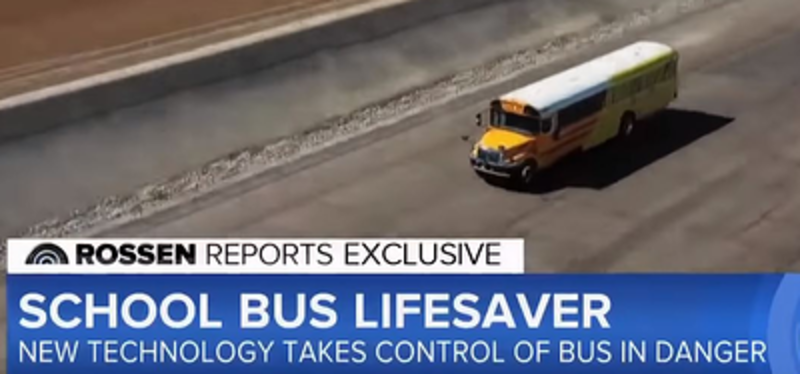News
Driver- Assistance Technology to Increase Safety for Bus Passengers

The Insurance Institute for Highway Safety (IIHS) released a new report validating driver-assistance technology’s efficacy in significantly reducing collisions when compared to vehicles operating without it.
Frontal-crash prevention systems such as those offered as optional add-ons on General Motors vehicles not only utilize warning systems but also go as far as automatically applying brakes for drivers when sensing danger. IIHS deems these two features as the most responsible for preventing car crashes.
According to School Transportation News, an earlier IIHS study “found that the combination of forward collision warning and autobrake reduced front-to-rear crash rates by 50 percent for crashes of all severities and 56 percent for front-to-rear crashes with injuries. Forward collision warning without autobrake [still managed to] cut [collision] rates [by] 27 percent and 20 percent, respectively, for vehicles in that study.”
This earlier study echoes the same efficacy as the more recent IIHS report stating “…GM vehicles equipped with [both safeguards] encountered 43 percent fewer front or rear impact crashes of all severities. Those crashes are based on police reports accidents and typically resulted in at least $750 in damage.”
Commercial automobile manufacturers already include these safety features on newer models and bus manufacturers are following suit. This technology will soon permeate the government and municipality sector as manufacturers like IC Bus, the nation’s leading school bus manufacturer, will be making these features standard on newly manufactured buses.
These IIHS studies provide a glimpse into the impact that the technology will bring to vehicles in the government & municipality sector. The scale of large buses makes it difficult for drivers to maneuver them when driving under sub-optimal conditions. But when operating with these safeguards, a bus’ maneuverability remarkably improves.
IC BUS recently showcased their new driver-assistance technology on school buses simulating driving conditions that could potentially put a child’s life at risk in the real world. With their new collision mitigation technology and electronic stability control enabled, the school bus driver can quickly regain control of the bus. Click hereto watch the simulation!
These two systems work in conjunction to provide greater safety to student passengers. IC Bus’ collision-mitigation technology can apply brakes on the vehicle if it senses danger while its electronic stability control can auto-calibrate and correct a buses’ course on a slippery road. IC Bus will be adopting these features as standard technology.
Contact Creative Bus Sales for more information on our IC Bus inventory.

